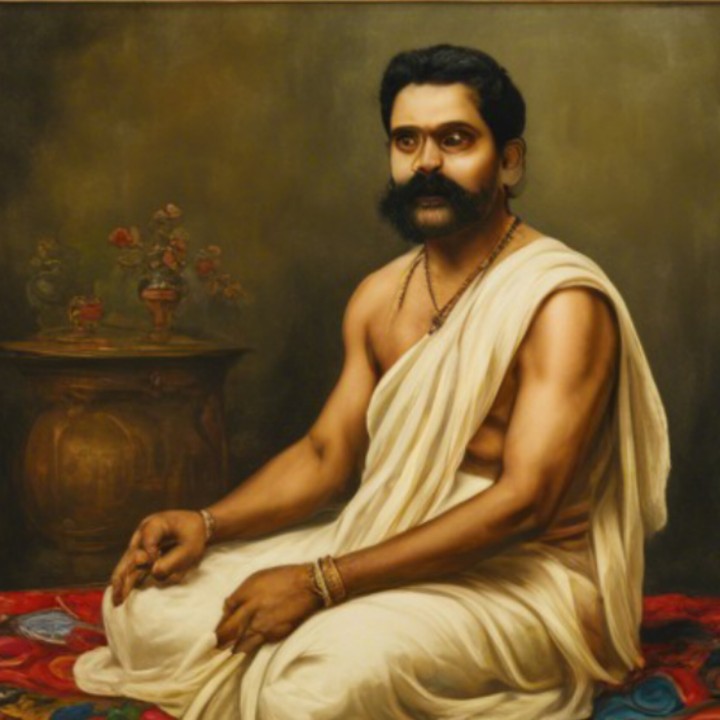
Raja Ravi Varma is a name that resonates with every Malayali.
Raja Ravi Varma is a name that resonates with every Malayali. His paintings have not only captured the essence of Kerala but also left a lasting impact on the world of art. He is considered as one of the greatest painters in Indian history and his contribution to the world of art is unmatched.
Born in the year 1848 in Kilimanoor, a small village in Kerala, Raja Ravi Varma was the son of Umamba Thampuratti and Ezhumavil Neelakandan Bhattathiripad. He was a member of the royal family of Travancore, and his talent for painting was evident from a very young age. His uncle, Raja Raja Varma, a renowned artist himself, recognized his nephew's talent and took him under his wing to teach him the basics of painting.
Ravi Varma's style of painting was a perfect blend of Indian and European art forms. He was heavily influenced by the techniques used in European paintings, and he incorporated them into his work while keeping the Indian aesthetic intact. His paintings depicted mythological and religious themes, but what set him apart from other artists was his ability to capture the emotions of his subjects with great finesse.
One of his most famous paintings, the 'Hamsa Damayanthi,' is a perfect example of his mastery in capturing emotions. The painting depicts the scene from the Mahabharata where Damayanthi, the princess of Vidarbha, is being wooed by the King of the swans, Hamsa. The painting is a stunning representation of love and longing, and it is said that Raja Ravi Varma himself was deeply moved by this painting.
Apart from his mythological and religious paintings, Ravi Varma also ventured into the world of portraits. His portraits of Maharajas, Maharani's, and other members of the royal family are a testament to his skill and attention to detail. He also painted portraits of common people, which were considered revolutionary at that time, as they were usually reserved for the royal family.
Raja Ravi Varma's contribution to Indian art goes beyond his paintings. He was one of the first artists to use oil paints instead of the traditional watercolors, which gave his paintings a more realistic and vibrant look. He also introduced lithographic printing in India, which made his paintings more accessible to the masses.
His paintings not only gained popularity in India but also received international recognition. His work was exhibited in various international exhibitions, including the World's Columbian Exposition in Chicago in 1893, where he won three gold medals.
Raja Ravi Varma's legacy continues to be celebrated even today. His paintings are still in demand, and his techniques are being studied and emulated by artists all over the world. His influence can also be seen in the works of contemporary artists, who continue to draw inspiration from his style.
In conclusion, Raja Ravi Varma was a pioneer in the world of Indian art. His paintings not only captured the beauty of India but also brought it to the world's attention. He will always be remembered as a legendary artist who took Indian art to new heights and left a lasting impression on the world.
Absolutely, Raja Ravi Varma's work is iconic and has left an indelible mark on Indian art! 🎨✨ As Pablo Picasso once said, "The purpose of art is washing the dust of daily life off our souls." Varma's paintings truly transport us to a world of beauty and culture, enriching our spirits. Keep celebrating such legendary talents! 🌟📚